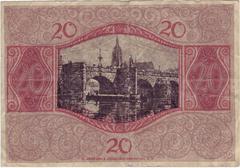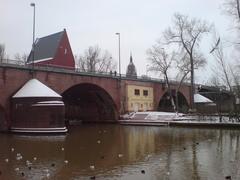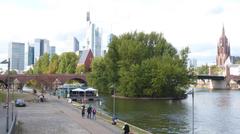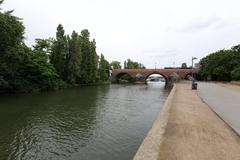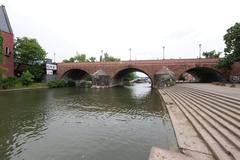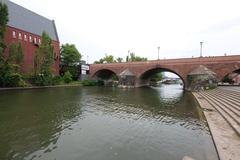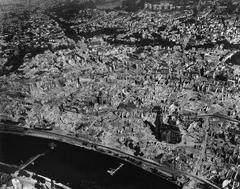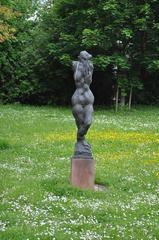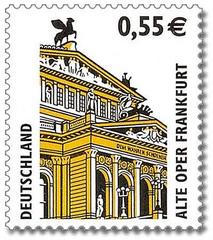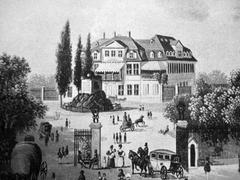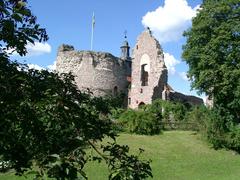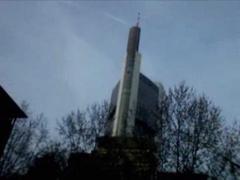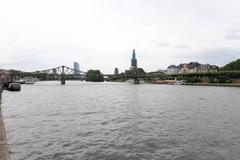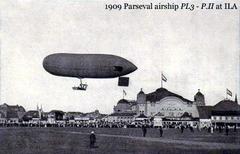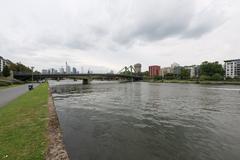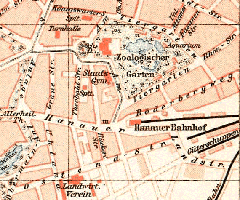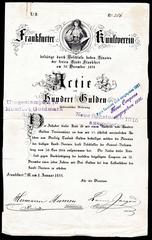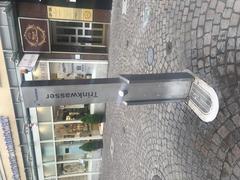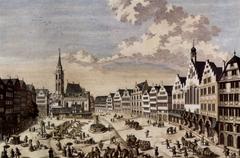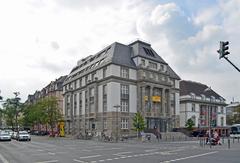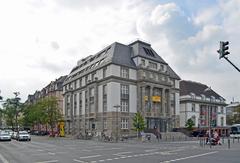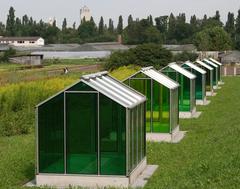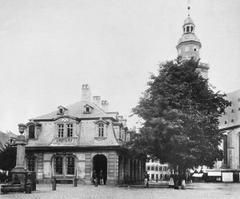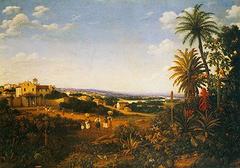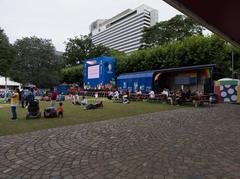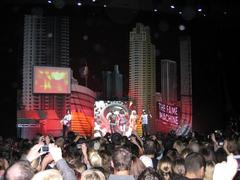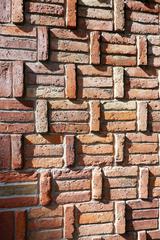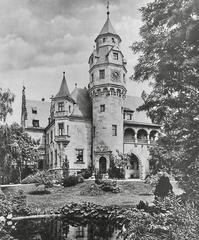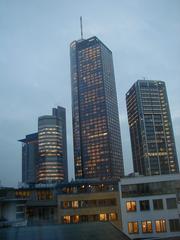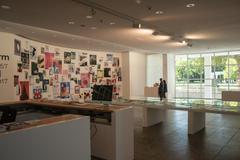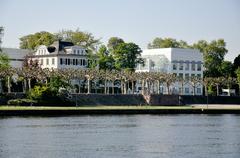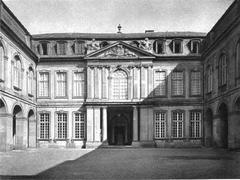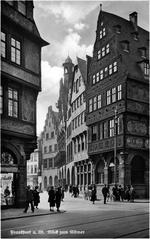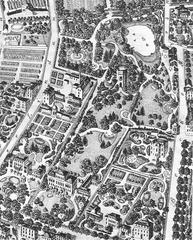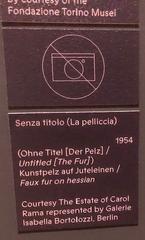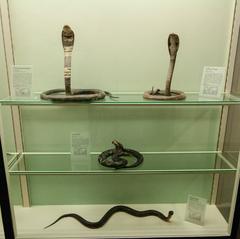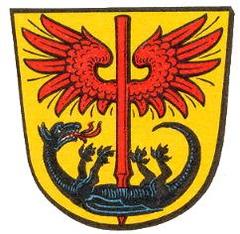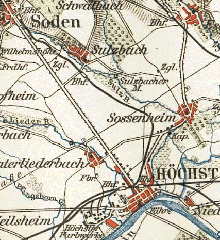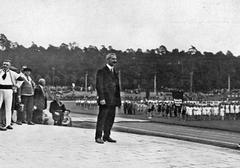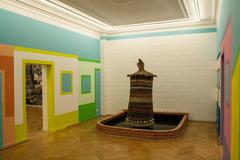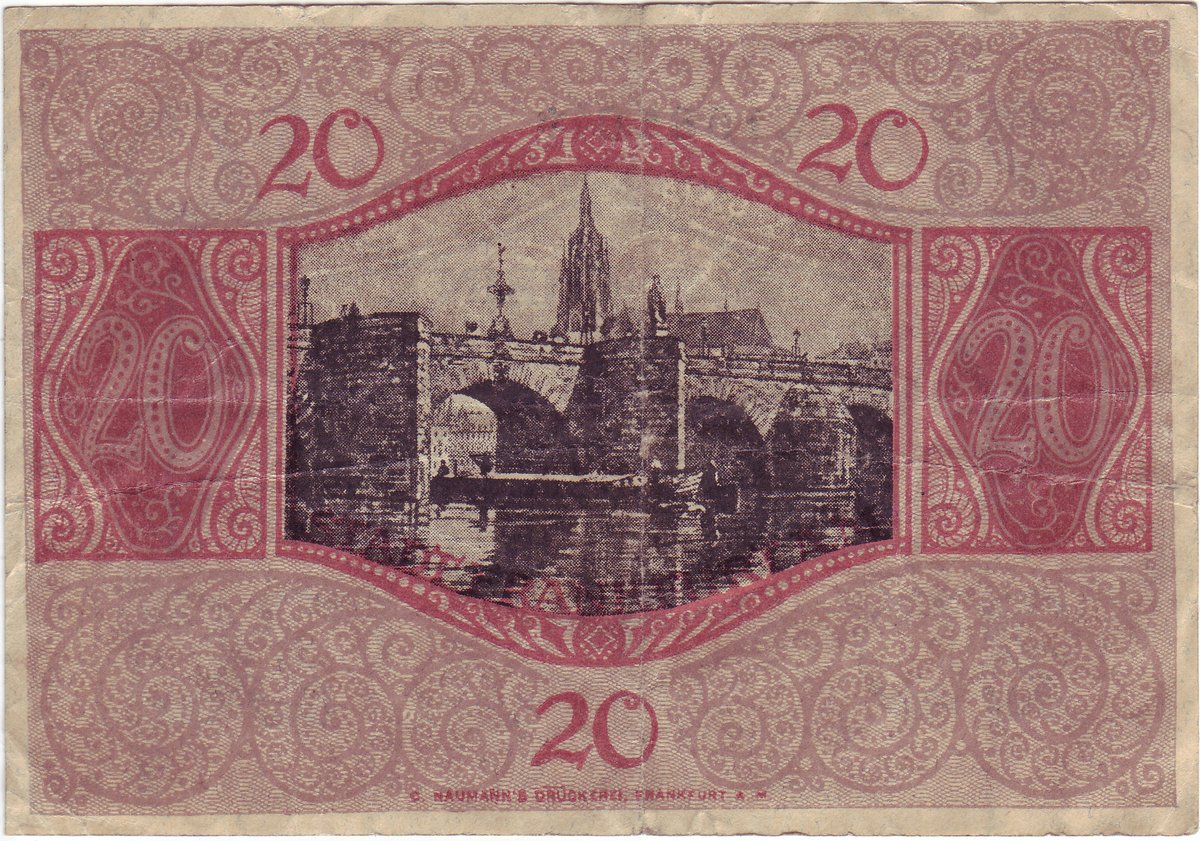
Visiting Alte Brücke: Hours, Tickets, and Historical Insights
Date: 20/07/2024
Introduction
The Alte Brücke, or Old Bridge, stands as one of Frankfurt am Main’s most treasured landmarks, weaving together centuries of history, culture, and architecture. Spanning the River Main, this iconic bridge has served as a vital link between the northern and southern parts of the city since the 12th century. Over the years, the Alte Brücke has witnessed significant historical events, architectural transformations, and cultural evolutions, making it a symbol of resilience and heritage for Frankfurt. This comprehensive guide aims to provide visitors with an in-depth understanding of the Alte Brücke’s historical significance, architectural marvels, and practical information for an enriching visit. Whether you’re a history enthusiast, architecture aficionado, or a casual traveler, the Alte Brücke offers a unique glimpse into Frankfurt’s past and present. Explore the bridge’s origins, its role during the medieval and Renaissance periods, and its modern-day relevance, all while enjoying the scenic views and nearby attractions that make this landmark a must-visit destination (Frankfurt Tourism).
Table of Contents
- Introduction
- Discover the History and Significance of Alte Brücke in Frankfurt
- Visitor Information
- Practical Information
- Local Insights
- Conclusion
- FAQ
Discover the History and Significance of Alte Brücke in Frankfurt
Origins and Early History
The Alte Brücke is one of the oldest river crossings in Germany. Its origins date back to the 12th century, with the first documented mention of a bridge at this location in 1222. However, it is believed that a wooden bridge existed earlier, serving as a crucial link for trade and travel within the Holy Roman Empire.
Medieval Significance
During the medieval period, the Alte Brücke played a vital role in the economic and social life of Frankfurt. Initially constructed from wood, the bridge was later rebuilt in stone in the late 14th century due to frequent damage from floods and ice. This stone bridge featured arches and fortified towers at both ends, which served as toll stations and defensive structures.
Renaissance and Baroque Periods
In the 16th and 17th centuries, the Alte Brücke underwent several modifications. The Renaissance period saw the addition of decorative elements and the construction of a chapel dedicated to St. Catherine. During the Baroque period, the bridge was further embellished with statues and ornate railings, reflecting the artistic trends of the time.
18th and 19th Centuries - Modernization and Reconstruction
The 18th century brought significant changes to the Alte Brücke, including a major reconstruction project in 1715. By the 19th century, the bridge had become a vital part of Frankfurt’s infrastructure. However, it also suffered considerable damage during the Napoleonic Wars and faced challenges from natural disasters and modern transportation demands.
20th Century - Destruction and Rebuilding
The 20th century was tumultuous for the Alte Brücke. It was severely damaged during World War II and subsequently rebuilt in the late 1940s. By 1951, the bridge was reopened to the public, featuring a combination of original materials and modern techniques.
Recent Developments and Preservation Efforts
In recent decades, the Alte Brücke has undergone several restoration projects to address wear and tear and preserve its historical integrity. These efforts include the reinforcement of the bridge’s foundations, restoration of decorative elements, and installation of modern safety features.
Visitor Information
Visiting Hours
The Alte Brücke is accessible to the public 24/7, making it a convenient site for both day and night visits.
Tickets
There is no admission fee to visit the Alte Brücke, making it an affordable attraction for all visitors.
Travel Tips
- Best Time to Visit - The bridge offers stunning views at sunrise and sunset.
- Nearby Attractions - Römerberg, Frankfurt Cathedral, and the Museum Embankment are all within walking distance.
- Accessibility - The bridge is accessible to pedestrians, cyclists, and vehicles, with nearby public transport options.
Special Events and Guided Tours
The Alte Brücke is a focal point for cultural and historical tourism in Frankfurt. One notable event is the annual “Brückenfest,” or Bridge Festival, featuring live music, traditional food, and historical displays. Guided tours are available, providing in-depth insights into the bridge’s history and significance.
Photographic Spots
The Alte Brücke offers stunning views of the Main River and the Frankfurt skyline, making it a popular spot for photography. The “Fleischbrücke,” a smaller parallel bridge, provides unique perspectives on the main structure and surrounding area.
Practical Information
Safety
While the Alte Brücke is generally safe, it’s always wise to be cautious, especially during peak tourist seasons. Keep an eye on your belongings and be aware of your surroundings.
Photography
The bridge offers numerous photo opportunities, from panoramic shots of the city skyline to close-ups of its architectural details. For the best results, visit during the golden hours of sunrise or sunset.
Guided Tours
Several guided tours include the Alte Brücke as part of their itinerary. These tours provide valuable historical context and insights, enhancing your visit. Look for tours that focus on Frankfurt’s history and architecture for a more in-depth experience (Frankfurt on Foot, Free Tour Frankfurt).
Local Insights
Festivals and Events
The Alte Brücke is often a focal point for local festivals and events. The annual Mainfest, held in August, celebrates the river and its significance to the city. The bridge is adorned with lights and decorations, creating a festive atmosphere. The Christmas market, held in December, also features stalls and activities near the bridge, adding to its charm.
Local Cuisine
While visiting the Alte Brücke, take the opportunity to sample some local cuisine. The Sachsenhausen district is famous for its apple wine, known locally as “Ebbelwoi.” Pair it with traditional dishes like Handkäse mit Musik (a cheese specialty) or Grüne Soße (green sauce) for an authentic culinary experience.
Conclusion
The Alte Brücke stands as a testament to Frankfurt’s rich history and cultural heritage. Its evolution from a medieval wooden bridge to a modern stone structure reflects the city’s growth and resilience. As a vital transportation link and cultural landmark, the Alte Brücke continues to play a central role in the life of Frankfurt, connecting the past with the present and the future. Plan your visit today and immerse yourself in one of Frankfurt’s most cherished landmarks (Frankfurt on Foot, Free Tour Frankfurt).
FAQ
Q: What are the Alte Brücke visiting hours? A: The Alte Brücke is accessible to the public 24/7.
Q: Are there any tickets required to visit the Alte Brücke? A: No, there is no admission fee to visit the Alte Brücke.
Q: What is the best time to visit the Alte Brücke? A: The bridge offers stunning views at sunrise and sunset.
Q: Are there guided tours available? A: Yes, guided tours are available and provide in-depth insights into the bridge’s history and significance.
Q: What nearby attractions can I visit? A: Römerberg, Frankfurt Cathedral, and the Museum Embankment are all within walking distance from the Alte Brücke.
References
- Discover the History and Significance of Alte Brücke in Frankfurt, July 20, 2024, Author Frankfurt Tourism
- Visiting Alte Brücke - History, Tickets, and Travel Tips for Frankfurt’s Iconic Landmark, July 20, 2024, Author Frankfurt on Foot
- Visiting the Alte Brücke in Frankfurt - Tips, Tickets, and Best Times, July 20, 2024, Author Free Tour Frankfurt
